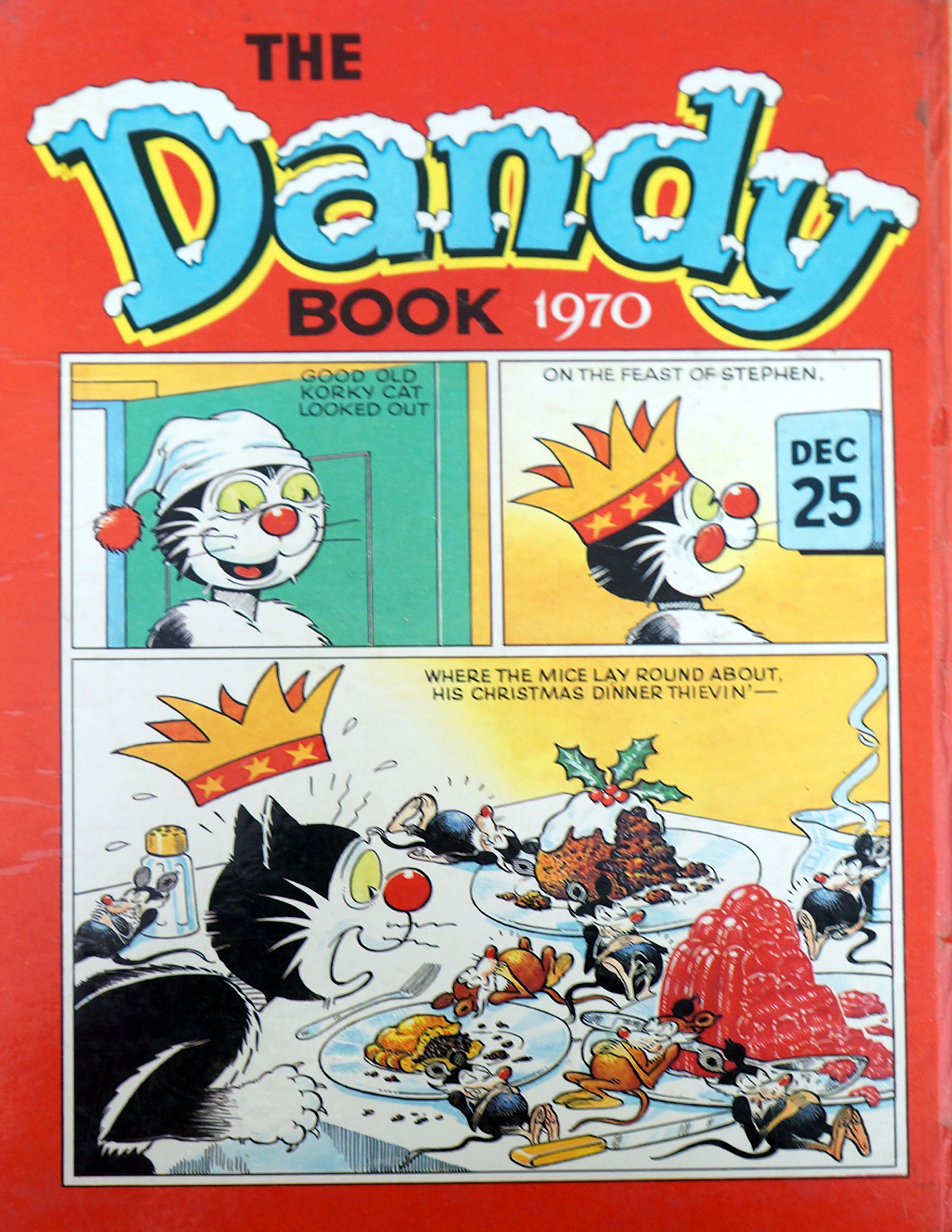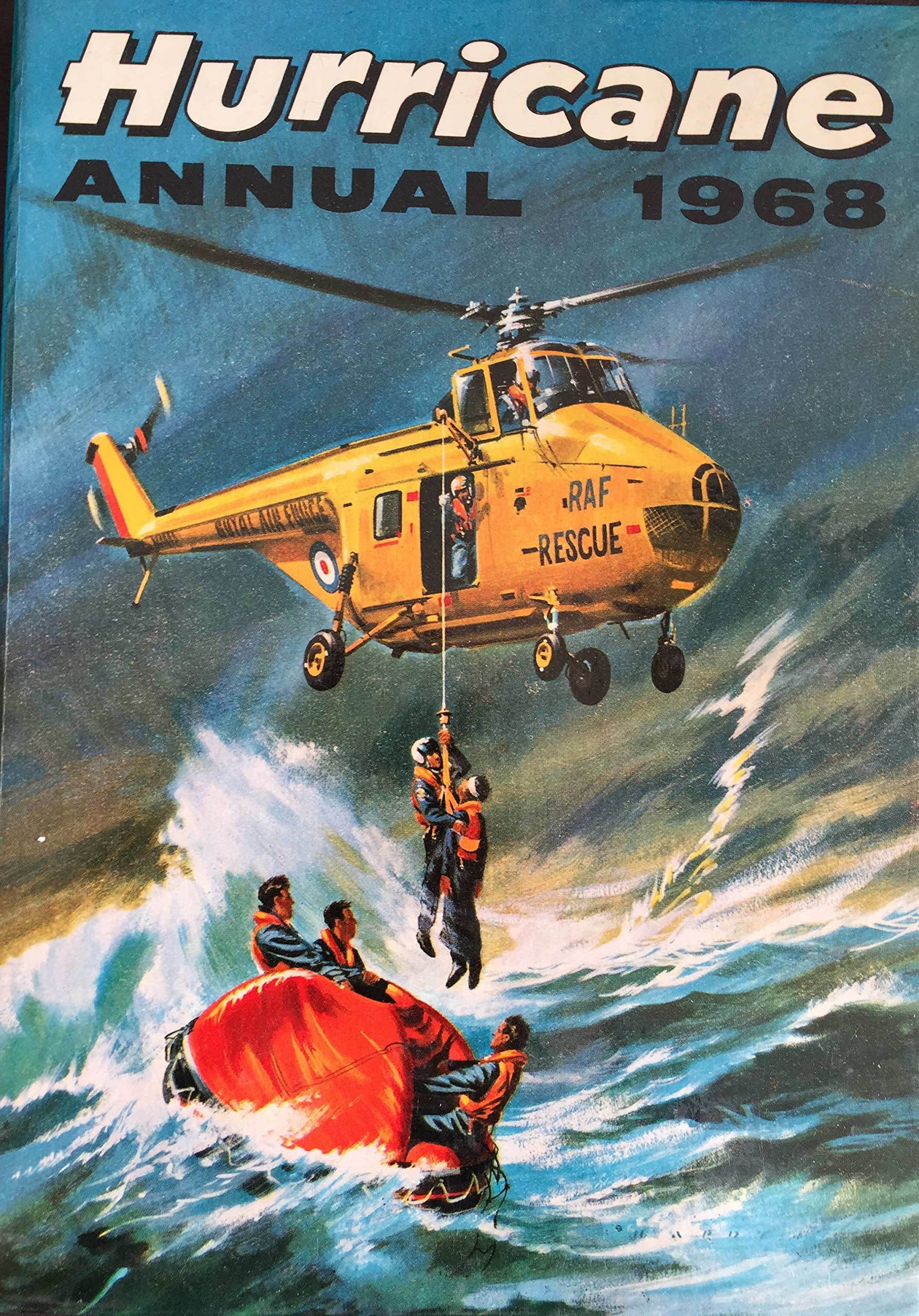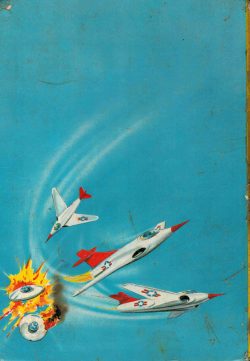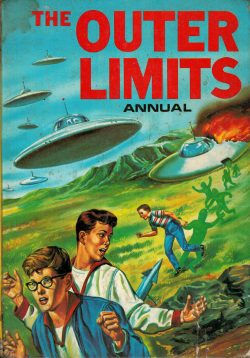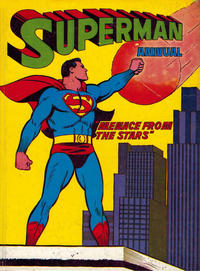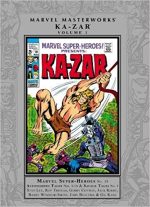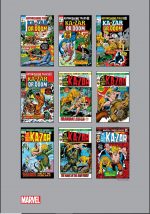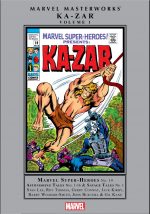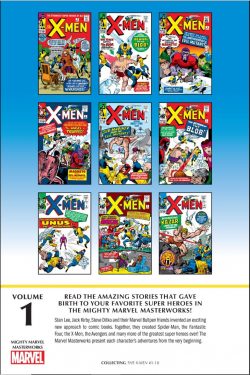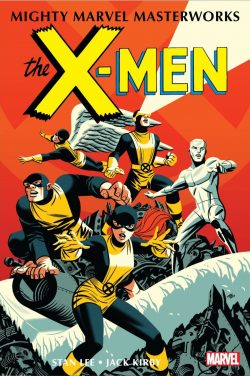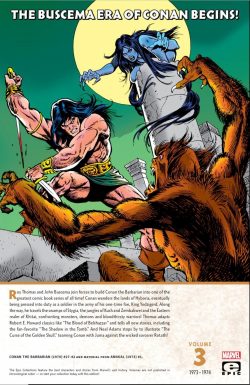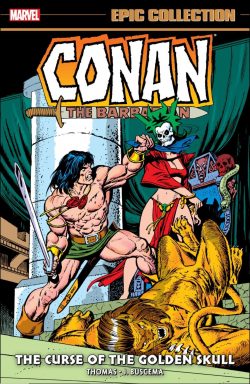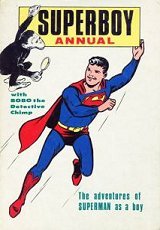
By Jerry Siegel, Otto Binder, Robert Bernstein, Dave Wood, Henry Boltinoff, John Broome, George Papp, Curt Swan, John Sikela, Carmine Infantino, Irwin Hasen & various (Atlas Publishing/K.G. Murray)
No ISBN:
Before 1959, when DC Comics and other American publishers began exporting directly into the UK, our exposure to their unique brand of fantasy fun came from licensed reprints. British publishers/printers like Len Miller, Alan Class and bought material from the USA – and occasionally, Canada – to fill 68-page monochrome anthologies – many of which recycled the same stories for decades.
Less common were (strangely) coloured pamphlets produced by Australian outfit K.G. Murray and exported here in a rather sporadic manner. The company also produced sturdy and substantial Christmas Annuals which had a huge impact on my earliest years (I strongly suspect my adoration of black-&-white artwork stems from seeing supreme stylists like Curt Swan, Carmine Infantino, Al Plastino, Wayne Boring, Gil Kane or Murphy Anderson uncluttered by flat, limited colour palettes).
This particular tome of was one of the last licensed DC comics compilations before the Batman TV show turned the entire planet Camp-Crazed and Bat-Manic, and therefore offers a delightfully eclectic mix of material far more in keeping with the traditionally perceived interests of British boys than the suited-&-booted masked madness that was soon to follow in the Caped Crusader’s scalloped wake.
Thankfully, this collection was still produced in the cheap and quirky mix of monochrome, dual-hued and weirdly full-coloured pages which made Christmas books such a bizarrely beloved treat.
Sturdily stiff-backed, the sublime suspense and joyous adventuring begins with ‘The Secret of Fort Smallville!’ by Otto Binder & John Sikela and first seen in Superboy Comics #56 (April 1957). When a celebratory historical re-enactment is highjacked by an unscrupulous rogue and poses a tough test for the Boy of Steel, he needs the aid of native American classmate Swift Deer to crack the case. Despite being produced in a far less understanding era, this yarn displays degrees of taste and cultural sensitivity practically unheard of in mass entertainment of the time…
Cartoonist Henry Boltinoff was a prolific and nigh-permanent fixture of DC titles in this period, providing a variety of 2, 1, and ½ page gag strips to cleanse visual palates and satisfy byzantine US legal directives that allowed comics publishers to sustain cheaper postal shipping rates. He’s here in strength, as his gentle humour jibes perfectly with British tastes, opening with Homer who leans a big lesson while fishing at sea after which ‘Superboy’s Best Friend!’ (by Robert Bernstein & George Papp from Superboy #77, December 1959) tugs at heartstrings by playing on a favoured theme: that of the Boy of Steel’s isolation from kids his own age.
Here that manifests as a doomed friendship with new kid Freddy Shaw, who briefly shares all Clark Kent’s secrets, but inadvertently shares the biggest one with his criminal older brother. Cue tragedy and cover-up…
Boltinoff’s Peter Puptent, Explorer deals with arctic antics prior to the first outing of seminal comics lunacy in the hirsute form of Detective Chimp: a Florida-based stalwart who was an assistant sheriff. ‘The Riddle of the Riverside Raceway!’by John Broome, Irwin Hasen & Joe Giella (from Rex the Wonder Dog #11, September/October 1953) sees a mystery cracked as impressionable Bobo befriends a prize steed and stymies gangsters set on fixing a race, after which Binder, Curt Swan & John Forte revisit the theme of loneliness as a modern teen freshly arrived on Earth travels back in time to meet her cousin as a kid in ‘Superboy Meets Supergirl!’ (Superboy Comics #80, April 1960). There’s fun aplenty, but it can’t last…
Bobo is back as Detective Chimp solves ‘The Case of the Suspicious Signature!’ (Broome & Carmine Infantino from Rex the Wonder Dog #11, September/October 1954) when his new passion for autograph collecting accidentally inserts him into a Hollywood star’s kidnapping.
Jerry Siegel & Papp then reveal how baby Kal-El inadvertently thwarted ‘The Invasion of Krypton! (Superboy #83, September 1960) and Boltinoff’s Doctor Rocket makes merry at an atomic eatery before by Broome, Hasen & Bernard Sachs share their passion for sports when Detective Chimp rescues his favourite baseball star from kidnappers in ‘Crime Runs the Bases’ (Rex the Wonder Dog #9, May/June 1953).
Superboy #84, October 1960, provides a brace of tales by Siegel & Papp beginning with ‘The Rainbow Raider!’ as a mystery thief seemingly enslaves the Boy of Steel, after which the self-explanatory ‘Superboy Meets William Tell!’reveals how the time-travelling hero gives the Swiss legend a few pointers on battling injustice.
Broome & Infantino the transform Detective Chimp into ‘The Scientific Crook-Catcher!’ (Rex the Wonder Dog #29, September/October 1956) when the savvy simian sneaks into a symposium of savants and the old world charm and drama conclude with another western themed tale. Although now an incredibly inappropriate title, ‘The Super-Injun of Smallville!’ (by Dave Wood & Papp and again from Superboy #84) offers a heart-warming tale of redemption when a bully in a store-bought Superboy costume abuses the other kids on the nearby Corobee Reservation, until an undercover Clark Kent teaches him the error of his ways…
Gently thrilling and absorbingly uplifting, these yarns of yesteryear are timeless delights for properly supervised kids of all ages. If that’s not a good thing, what is?
© National Periodical Publications, Inc. Published by arrangement with the K.G. Murray Publishing Company, Pty. Ltd., Sydney.

